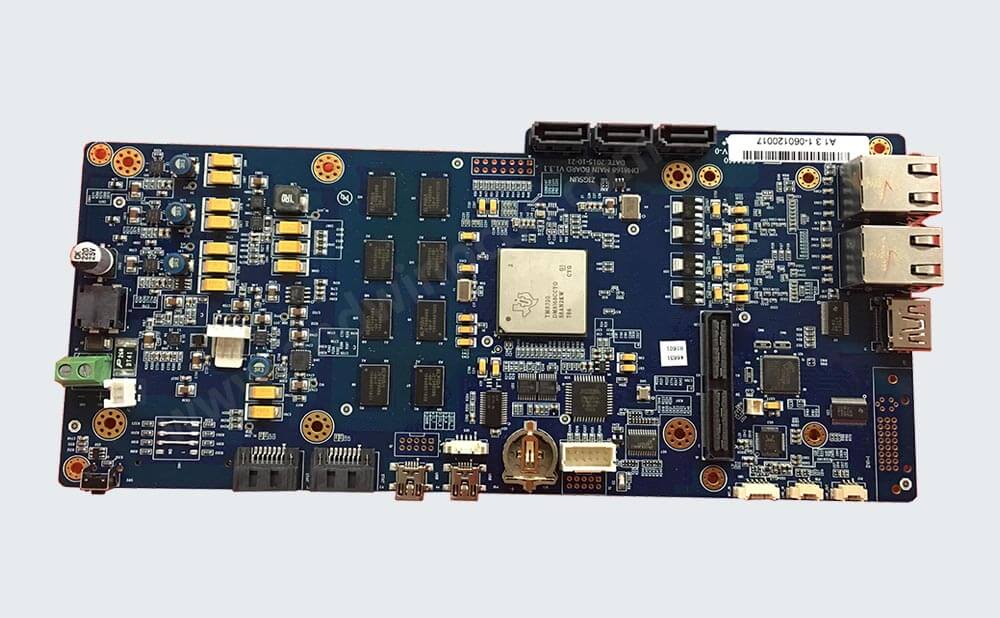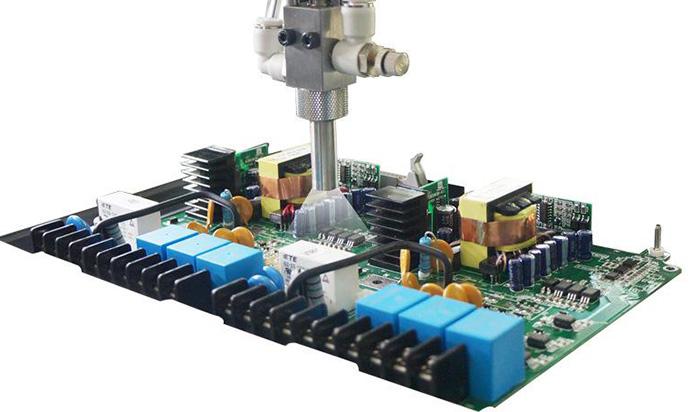PCB copy board method and steps
The first step is to get a PCB. First, record the model, parameters, and position of all the components on the paper,
especially the direction of the diode, the three tubes, and the direction of the IC notch.
It is best to take a photo of two positions at the digital camera with a digital camera.
In the second step, all devices are removed and the tin in the PAD hole is removed.
Clean the PCB with alcohol and put it into the scanner.
When scanning the scanner, you need to raise some scanned pixels slightly to get a clearer image.
Start PHOTOSHOP, scan the silk screen in color, and save the file. And print it out for later use.
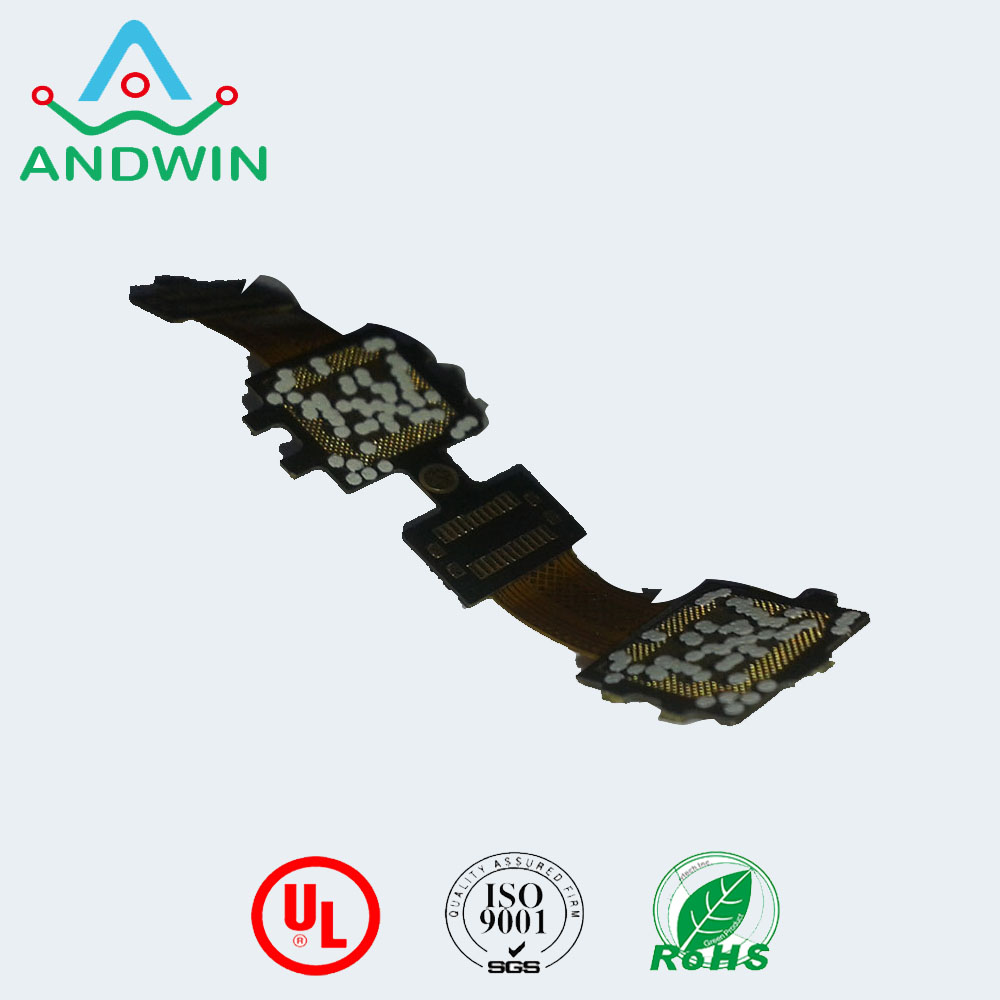
In the third step, the TOP LAYER and BOTTOM LAYER layers are slightly polished with water-dyed paper,
polished to a copper film, placed in a scanner, and the PHOTOSHOP is activated, and the two layers are separately scanned in color.
Note that the PCB must be placed horizontally in the scanner, otherwise the scanned image will not be used and the file will be saved.
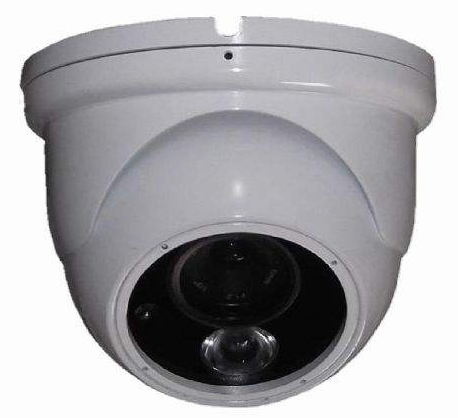
The fourth step is to adjust the contrast and brightness of the canvas so that the portion with the copper film and the portion without the copper film are strongly contrasted, then turn the secondary image to black and white to check whether the line is clear.
If it is not clear, repeat this step. If it is clear, save the image as black and white BMP format files TOP.BMP and BOT.BMP.
If you find any problems with the graphics, you can use PHOTOSHOP to fix and correct them.
The fifth step is to convert the two BMP files into PROTEL format files and transfer them into two layers in PROTEL.
If the two layers of PAD and VIA are basically coincident, it indicates that the first few steps are very good. If there is a deviation,
repeat the third step.
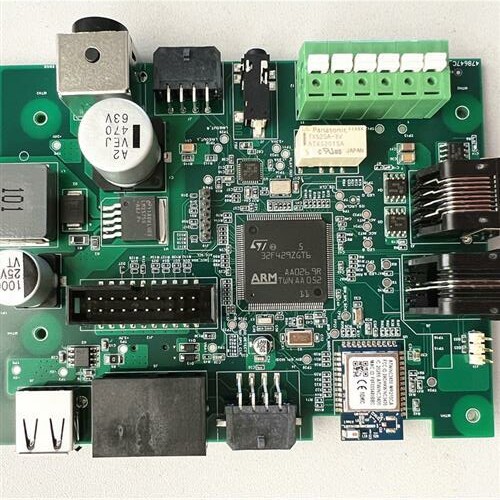
Sixth, convert the BMP of the TOP layer to TOP.PCB, pay attention to the layer that is converted to the SILK layer,
which is the yellow layer, then you can trace the line in the TOP layer, and place the device according to the drawing in the second step. Remove the SILK layer after painting.
In the seventh step, convert the BMP layer BMP to BOT.PCB, pay attention to the SILK layer, which is the yellow layer,
and then you can trace the line in the BOT layer. Remove the SILK layer after painting.
In the eighth step, TOP.PCB and BOT.PCB is transferred in PROTEL, and it is OK to combine them into one figure.
In the ninth step, the TOP LAYER and BOTTOM LAYER are printed on the transparencies (1:1 ratio) with a laser printer,
and the film is placed on the PCB to compare whether there is any error. If it is correct, you are done.
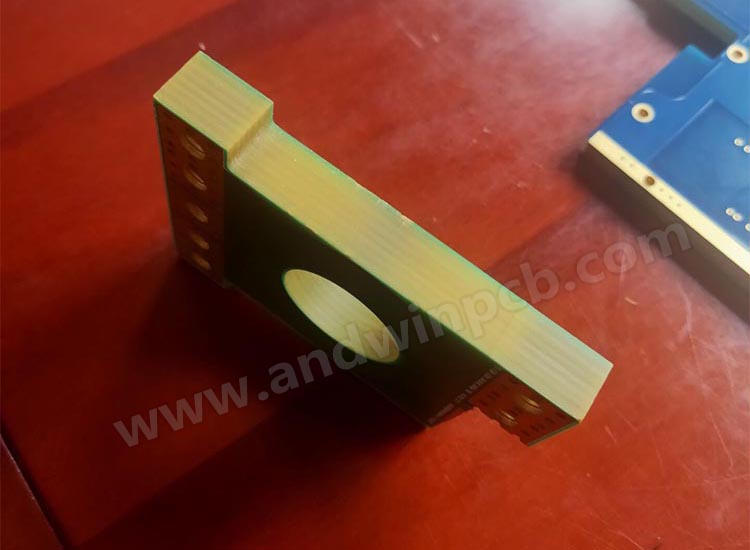
Other PCB products, you may interesting




